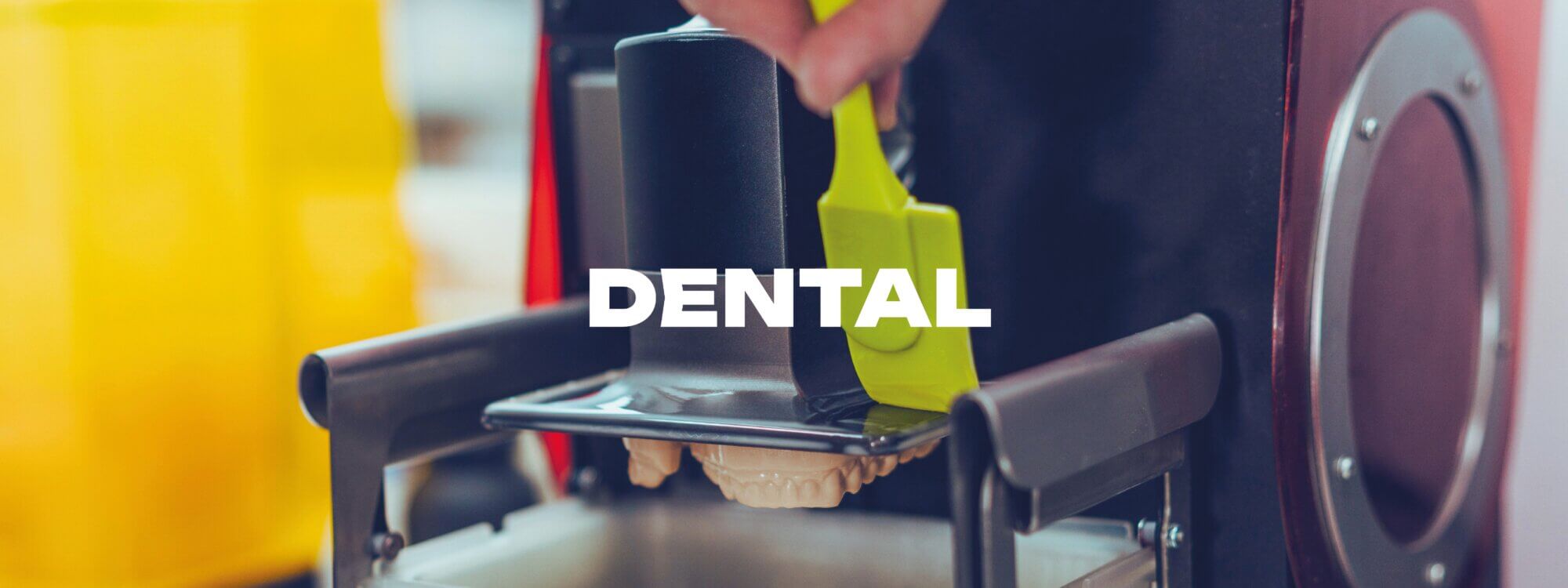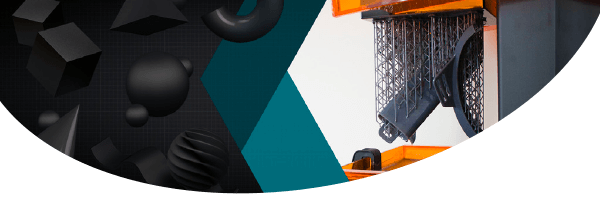Dental additive manufacturing resins and technology at Scott Bader
Additive manufacturing has become a transformative technology within the dental industry, driven by increasing demand for patient-specific solutions, improved turnaround times, and cost efficiency.
Since its widespread adoption in the mid-2010s, it has become prominent in dental laboratories globally, with the market reaching a valuation of USD $2.7 billion in 2022. Scott Bader has responded to this market growth by developing advanced resin systems specifically tailored for dental applications, addressing both technical performance and sustainability targets.
Advantages of Dental additive manufacturing
Dental additive manufacturing offers significant operational and clinical advantages over traditional subtractive or manual techniques:
- Precision and accuracy: High-resolution printing enables exact reproduction of intraoral scans.
- Customisation: Fully integrated digital workflows allow for individualized treatment planning and output.
- Throughput: High-speed printers facilitate mass production of dental models—up to thousands per day.
- Cost reduction: Lower labor input and material waste translate to improved cost-effectiveness.
- Material diversity: Supports a range of applications using rigid, flexible, soft, and biocompatible resins.
- Workflow compatibility: Integrates seamlessly with CAD/CAM and digital scanning systems.

Regulatory classifications and application scope
Dental resins can be segmented by regulatory classification:
Non-Medical Device (NMD) applications
These are unregulated, enabling accelerated market access:
- Dental modelling: Models for thermoforming aligners and surgical planning.
- Gingiva masks: Gum-like components for simulation.
- Castables: Wax patterns for partial dentures and crowns via investment casting.

Medical device applications
These require regulatory compliance, with varying certification burdens:
- Class I Devices: Require ISO 10993 biocompatibility and benefit from streamlined approval. Applications include surgical guides, try-in dentures, and indirect bonding trays.
- Class II Devices: Require ISO 13485 QMS, technical documentation, and a rigorous audit. These include splints, long-wear guards, dentures, and permanent/temporary crowns. Limitations persist in aesthetics due to the lack of multi-color capability in current vat-polymerization technologies.
Closed platform compatibility and parameter control
To ensure compatibility with a closed DLP systems, strict control of photopolymer properties are required:
- Critical energy (Ec): 0.800–1.200 mJ/cm²
- Depth of penetration (Dp): 0.075–0.085 mm
- Viscosity: 4.0–4.5 P
It is important to ensure batch to batch uniformity, and hence a formulation “toolbox” was developed for real-time adjustment. This will help to confirm each batch satisfies a narrow set of product specifications.
Bio-based resin development
As part of our long-term sustainability strategy, Scott Bader is developing a high resolution prototype resin composed of 70% bio-based carbon Dental Modelling 3D printing resin. Ideal for ultrafast printing of orthodentic dental models offering cost efficient production, accurate and high quality product with optimised colour, detail and dimensional stability.

Our addition laboratory work is focused on recyclability:
- Partially recyclable resins: Incorporating recoverable components.
- Fully recyclable systems: Enabling full recovery and reuse of printed parts into new photopolymerisable materials.

Our advancement in dental additive manufacturing resins demonstrates a strategic alignment of materials innovation, performance optimisation, and sustainability. By addressing the evolving needs of both open and closed 3D printing platforms and supporting a wide range of dental applications from non-medical models to Class II medical devices, we are contributing to a more efficient, precise, and accessible digital dental workflow.
Moreover, our commitment to sustainable development, through bio-based and recyclable resin technologies, positions Scott Bader at the forefront of responsible innovation in the additive manufacturing space.
As the dental industry continues to evolve, we remain a proactive partner, offering materials solutions that not only meet today’s technical and regulatory standards but also anticipate the environmental and performance challenges of tomorrow.

